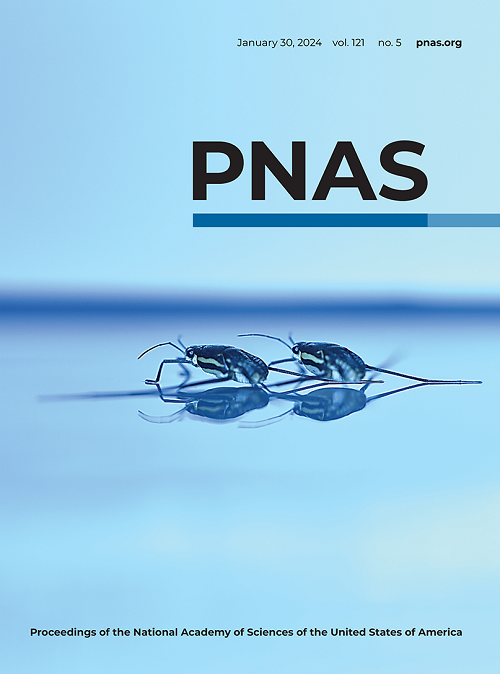Can AI weather models predict out-of-distribution gray swan tropical cyclones?
IF 9.4
1区 综合性期刊
Q1 MULTIDISCIPLINARY SCIENCES
Proceedings of the National Academy of Sciences of the United States of America
Pub Date : 2025-05-20
DOI:10.1073/pnas.2420914122
引用次数: 0
Abstract
Predicting gray swan weather extremes, which are possible but so rare that they are absent from the training dataset, is a major concern for AI weather models and long-term climate emulators. An important open question is whether AI models can extrapolate from weaker weather events present in the training set to stronger, unseen weather extremes. To test this, we train independent versions of the AI weather model FourCastNet on the 1979–2015 ERA5 dataset with all data, or with Category 3–5 tropical cyclones (TCs) removed, either globally or only over the North Atlantic or Western Pacific basin. We then test these versions of FourCastNet on 2018–2023 Category 5 TCs (gray swans). All versions yield similar accuracy for global weather, but the one trained without Category 3–5 TCs cannot accurately forecast Category 5 TCs, indicating that these models cannot extrapolate from weaker storms. The versions trained without Category 3–5 TCs in one basin show some skill forecasting Category 5 TCs in that basin, suggesting that FourCastNet can generalize across tropical basins. This is encouraging and surprising because regional information is implicitly encoded in inputs. Given that current state-of-the-art AI weather and climate models have similar learning strategies, we expect our findings to apply to other models. Other types of weather extremes need to be similarly investigated. Our work demonstrates that novel learning strategies are needed for AI models to reliably provide early warning or estimated statistics for the rarest, most impactful TCs, and, possibly, other weather extremes.人工智能天气模型能预测不分布的灰天鹅热带气旋吗?
预测极端的灰天鹅天气是可能的,但这种情况非常罕见,以至于没有出现在训练数据集中,这是人工智能天气模型和长期气候模拟器关注的主要问题。一个重要的悬而未决的问题是,人工智能模型能否从训练集中出现的较弱的天气事件推断出更强的、看不见的极端天气。为了验证这一点,我们在1979-2015年ERA5数据集上训练了独立版本的人工智能天气模型FourCastNet,其中包括所有数据,或者删除了全球或仅北大西洋或西太平洋盆地的3-5类热带气旋(tc)。然后,我们在2018-2023年的5类tc(灰天鹅)上测试了这些版本的FourCastNet。所有的模型对全球天气预报的准确度都差不多,但是没有3-5级tc的模型不能准确预报5级tc,这表明这些模型不能从较弱的风暴中进行推断。在一个盆地中,没有经过3-5类tc训练的版本显示出该盆地中5类tc的一些预测技能,这表明FourCastNet可以推广到整个热带盆地。这是令人鼓舞和惊讶的,因为区域信息隐式地编码在输入中。鉴于目前最先进的人工智能天气和气候模型具有类似的学习策略,我们希望我们的发现适用于其他模型。其他类型的极端天气也需要进行类似的研究。我们的工作表明,人工智能模型需要新颖的学习策略来可靠地为最罕见、最具影响力的tc,以及可能的其他极端天气提供早期预警或估计统计。
本文章由计算机程序翻译,如有差异,请以英文原文为准。
求助全文
约1分钟内获得全文
求助全文
来源期刊
CiteScore
19.00
自引率
0.90%
发文量
3575
审稿时长
2.5 months
期刊介绍:
The Proceedings of the National Academy of Sciences (PNAS), a peer-reviewed journal of the National Academy of Sciences (NAS), serves as an authoritative source for high-impact, original research across the biological, physical, and social sciences. With a global scope, the journal welcomes submissions from researchers worldwide, making it an inclusive platform for advancing scientific knowledge.

 求助内容:
求助内容: 应助结果提醒方式:
应助结果提醒方式:


